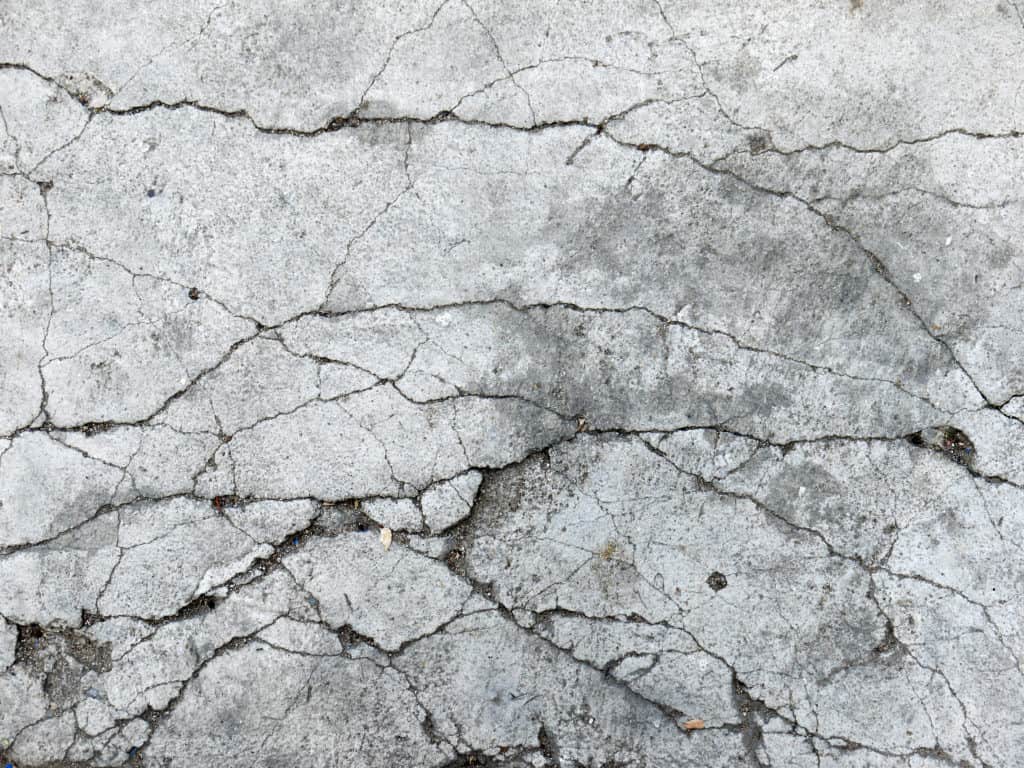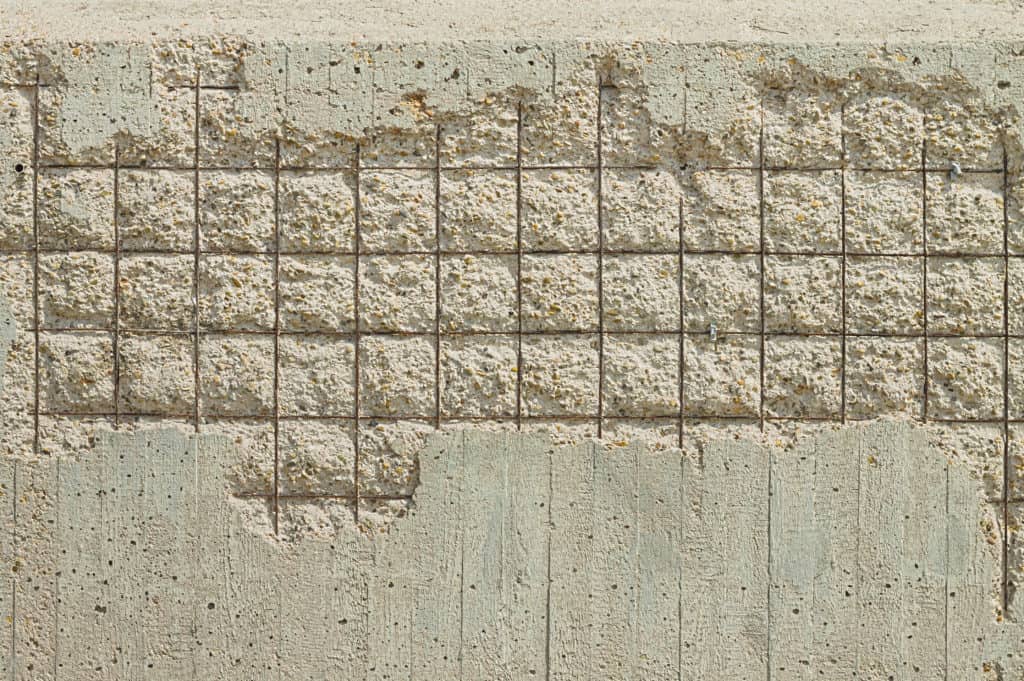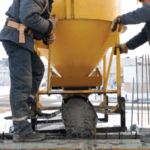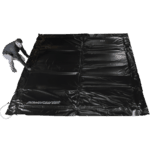Few things derail a construction project more catastrophically than concrete problems. Structural concrete pouring is often an early step in the construction process, so repairs and re-pours are time-wasting and expensive. Preventing concrete surface defects before they form is the best way to ensure deadlines are met, and concrete is cured to be strong and enduring.
Defects in Concrete Structures
Any concrete defects research will tell you there are many factors that contribute to problems such as de-lamination, crazing, efflorescence, and spalling. A well-trained construction crew can prevent most of these defect types with skill and careful attention to detail. Temperature related defects can be harder to prevent unless you are always prepared for what mother nature throws at you. Cold temperatures during the curing process can cause cracking, jeopardize cure strength, and lead to costly construction delays.
1. Spalling
The most common surface defect is spalling. Spalling is simply the peeling or loss of the top finished layer of the concrete. It usually happens because the upper surface of the concrete froze before enough crystals grew to give this layer strength of at least 500 psi.
2. Popouts
Popouts are another common surface defect. A popout is created when a piece of aggregate (rock) in the upper surface of the concrete explodes as a result of freezing. Some pieces of aggregate have a tendency to absorb water. This water freezes, expands, and eventually causes a tiny explosion. Gravel companies go to great lengths to try to remove this type of rock from the gravel mix – but they don’t always catch every piece.
3. Scaling
De-icing salt causes another common surface defect, scaling. Scaling can occur even if everything was done correctly. Here’s what happens: As concrete is exposed to air, it gets harder. That process is called carbonation. The carbon dioxide in the air reacts with the concrete and creates limestone (calcium carbonate). This carbonation process, however, usually takes one year to produce any substantial differences in strength. So, if you use de-icing salts or they drip from the under side of your car and come in contact with your new slab, you may have a problem with de-icing salt damage.
A Cure For What Ails You
The ideal temperature range for concrete curing is from 65° to 85°F for 7 days. If your concrete isn’t cured within that temperature range, some of the above defects can and will occur. Simply using insulated blankets or straw for protection isn’t enough, especially if temperatures dip below 40°F. In fact, if the temperature is below 14°F, not only will it not set, but it will also freeze.
Concrete Solutions From Powerblanket
Powerblanket® heated concrete blankets maintain the ideal temperature range. They’re an easy, inexpensive way to protect your investment – and just as importantly, allow your construction project to continue quickly regardless of the weather. Contact us to find a solution for your concrete needs 855.440.0208 or [email protected]
Cure your concrete faster and better in cold weather conditions with Powerblanket.







